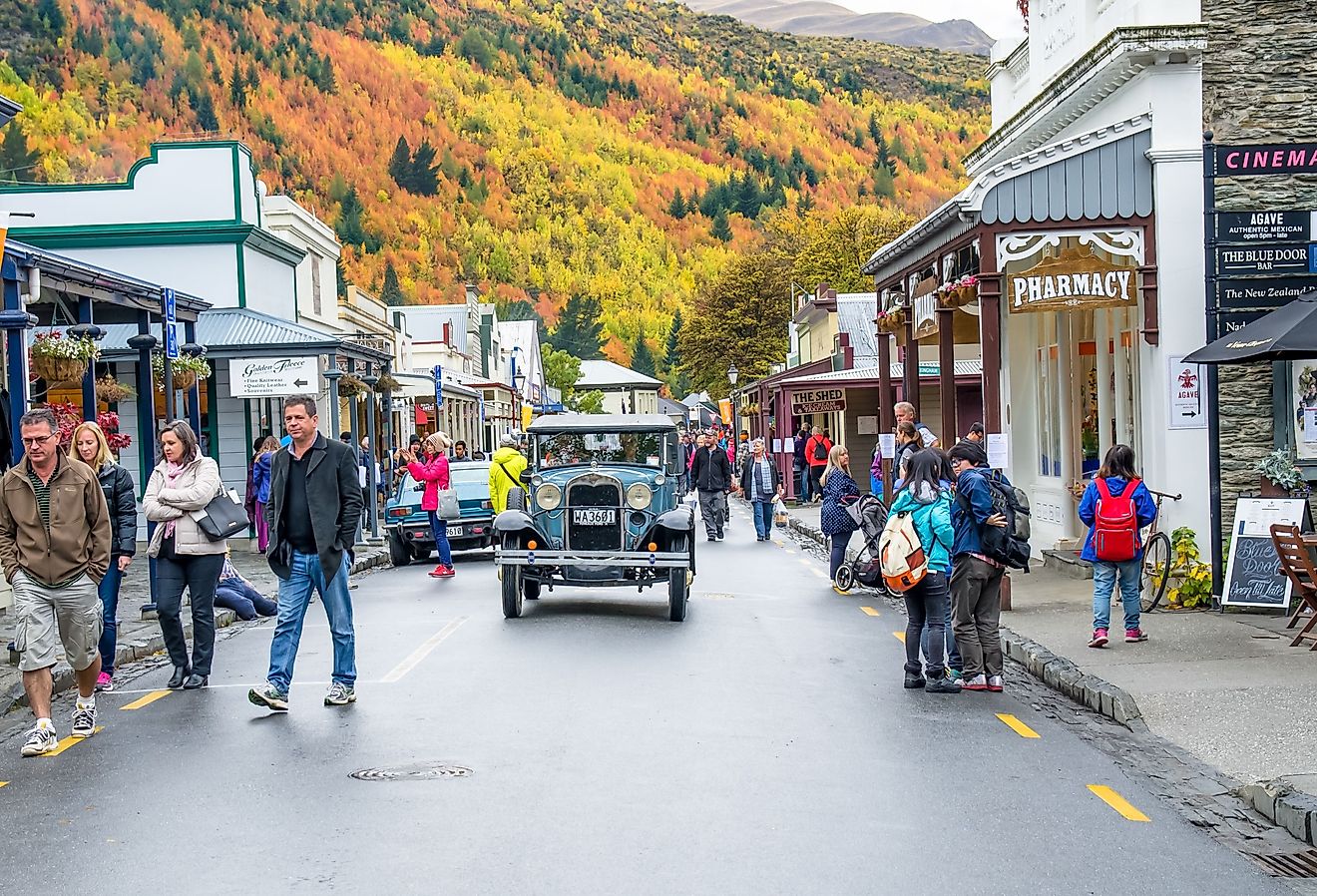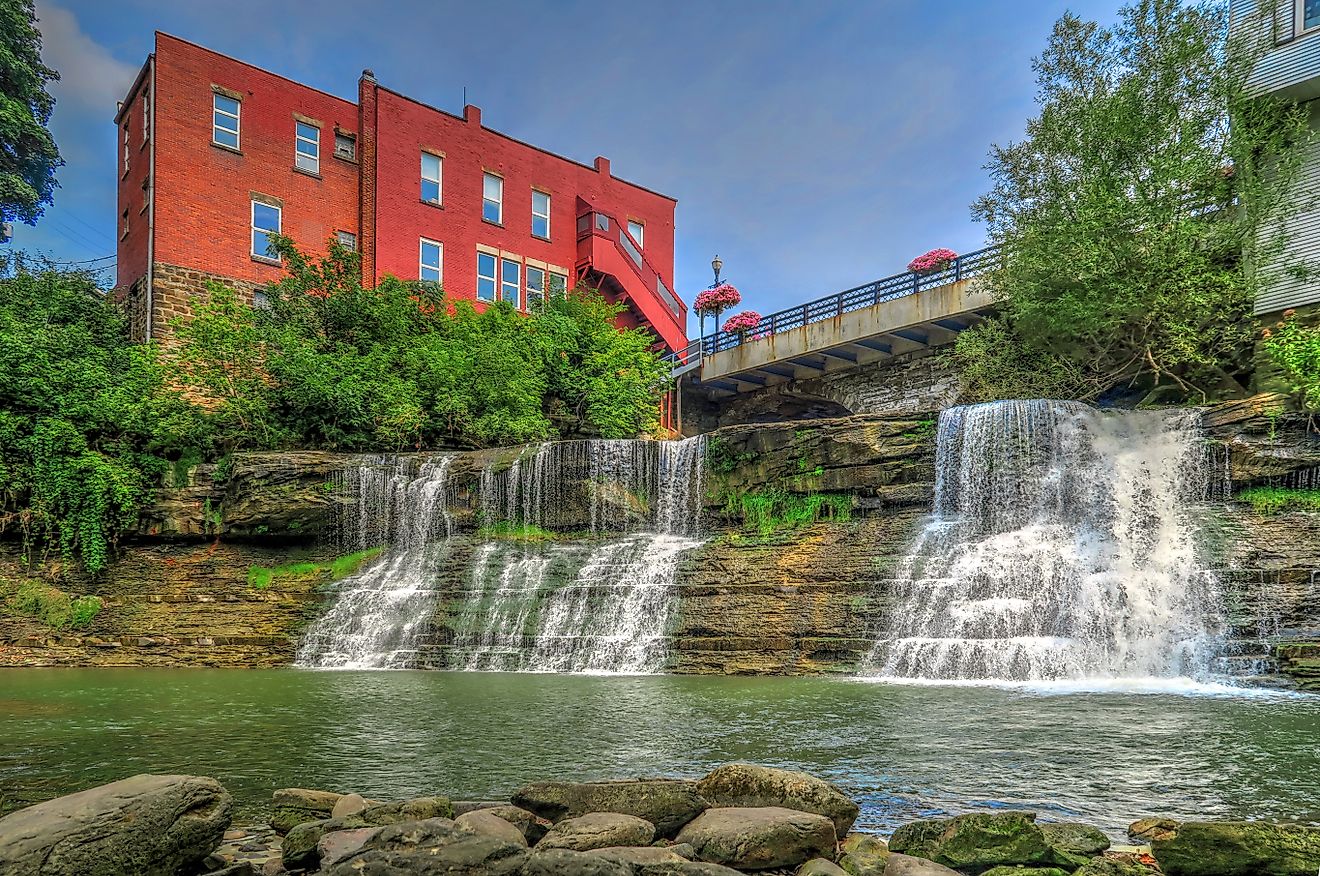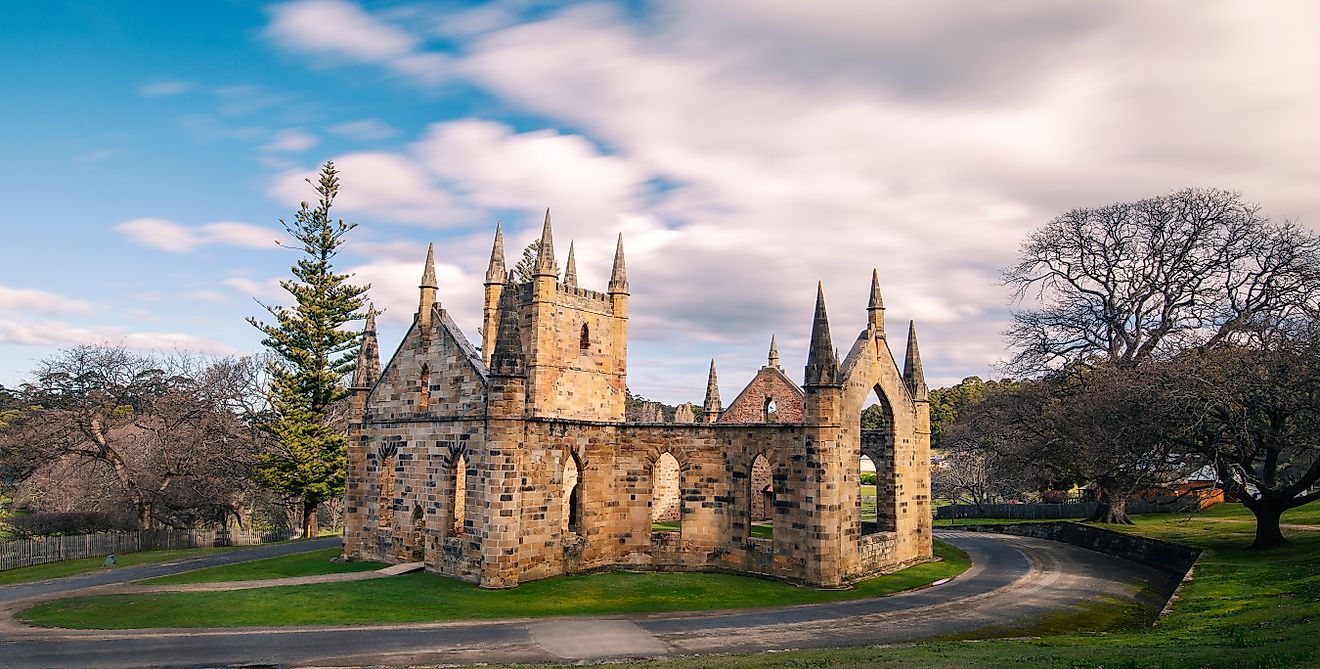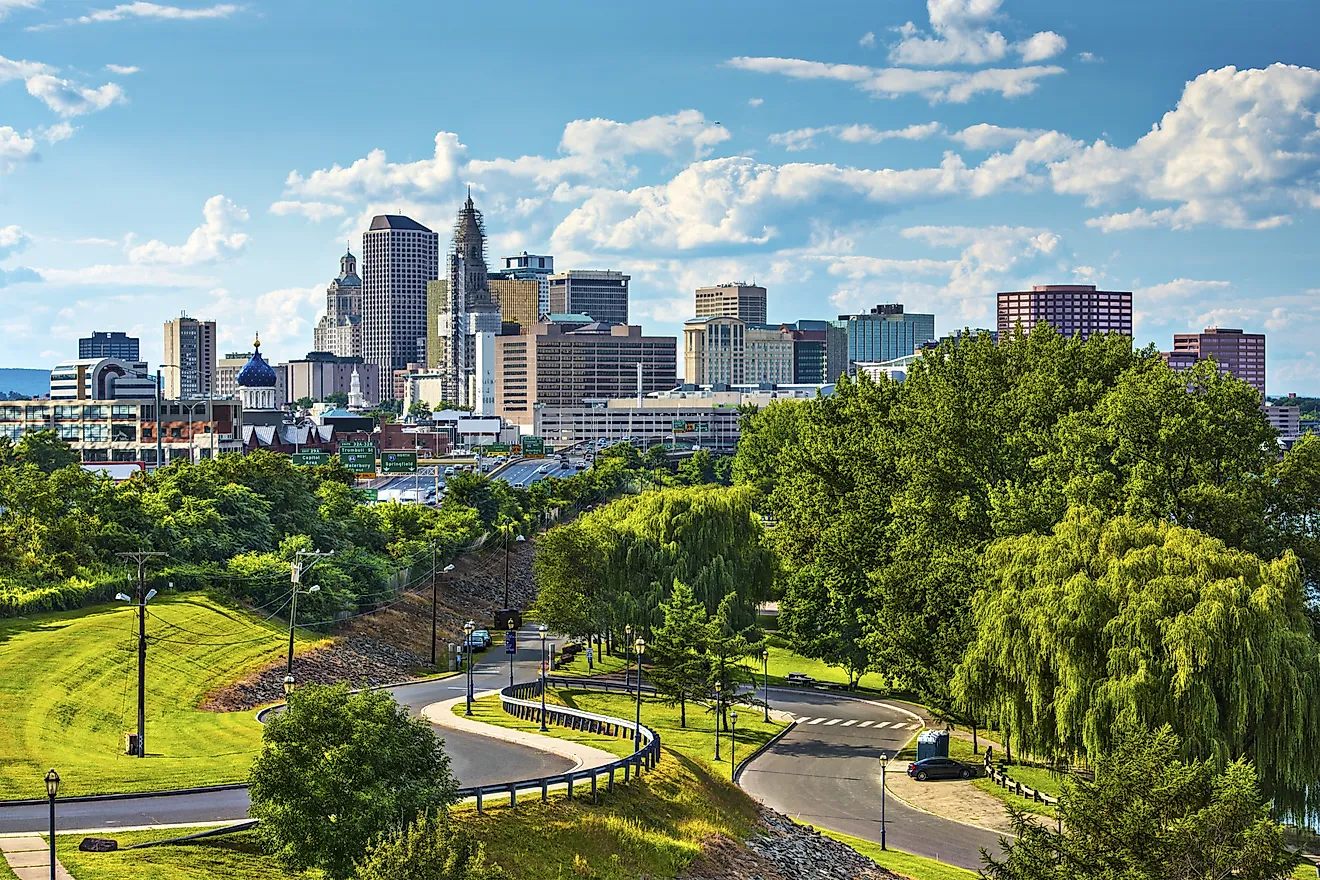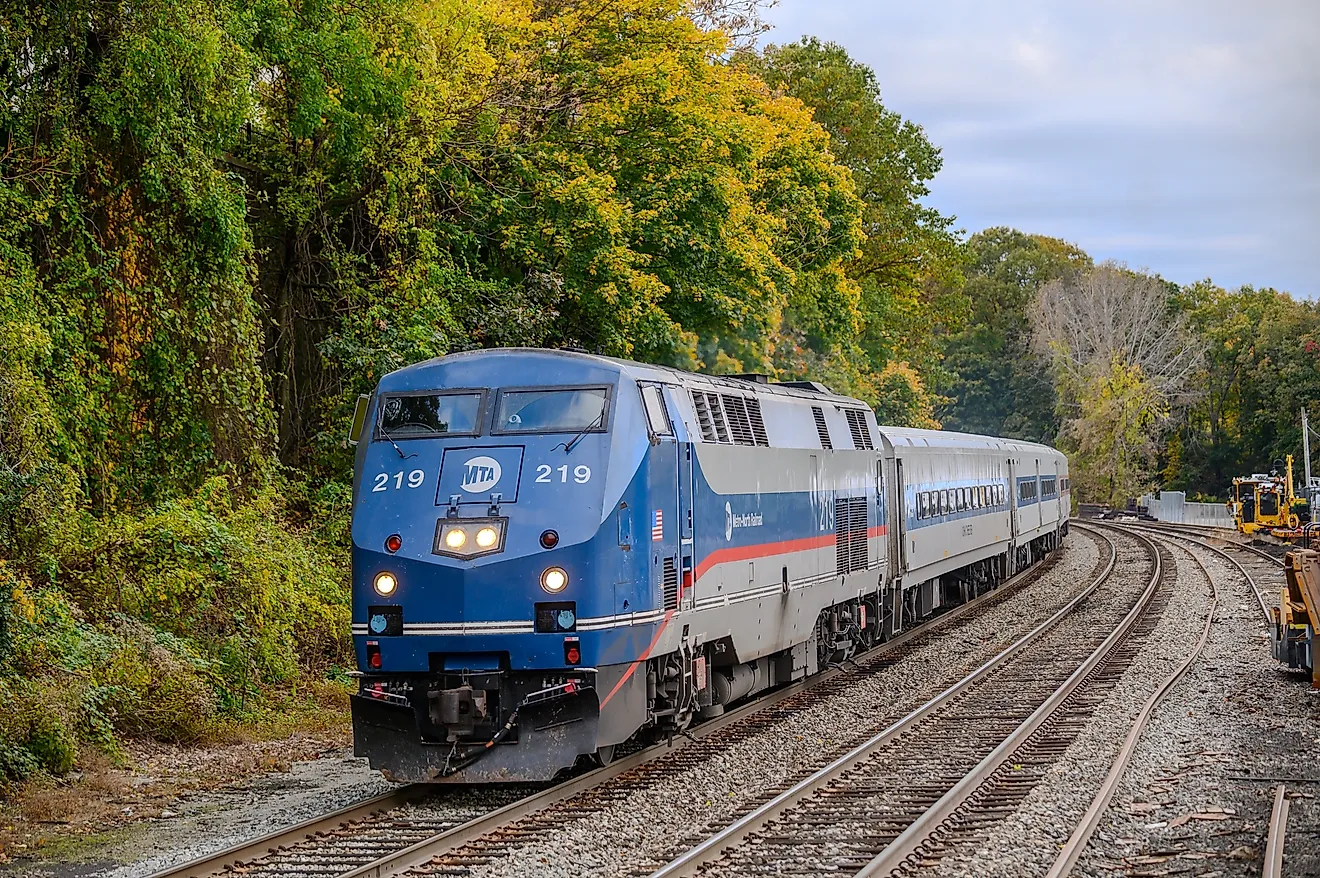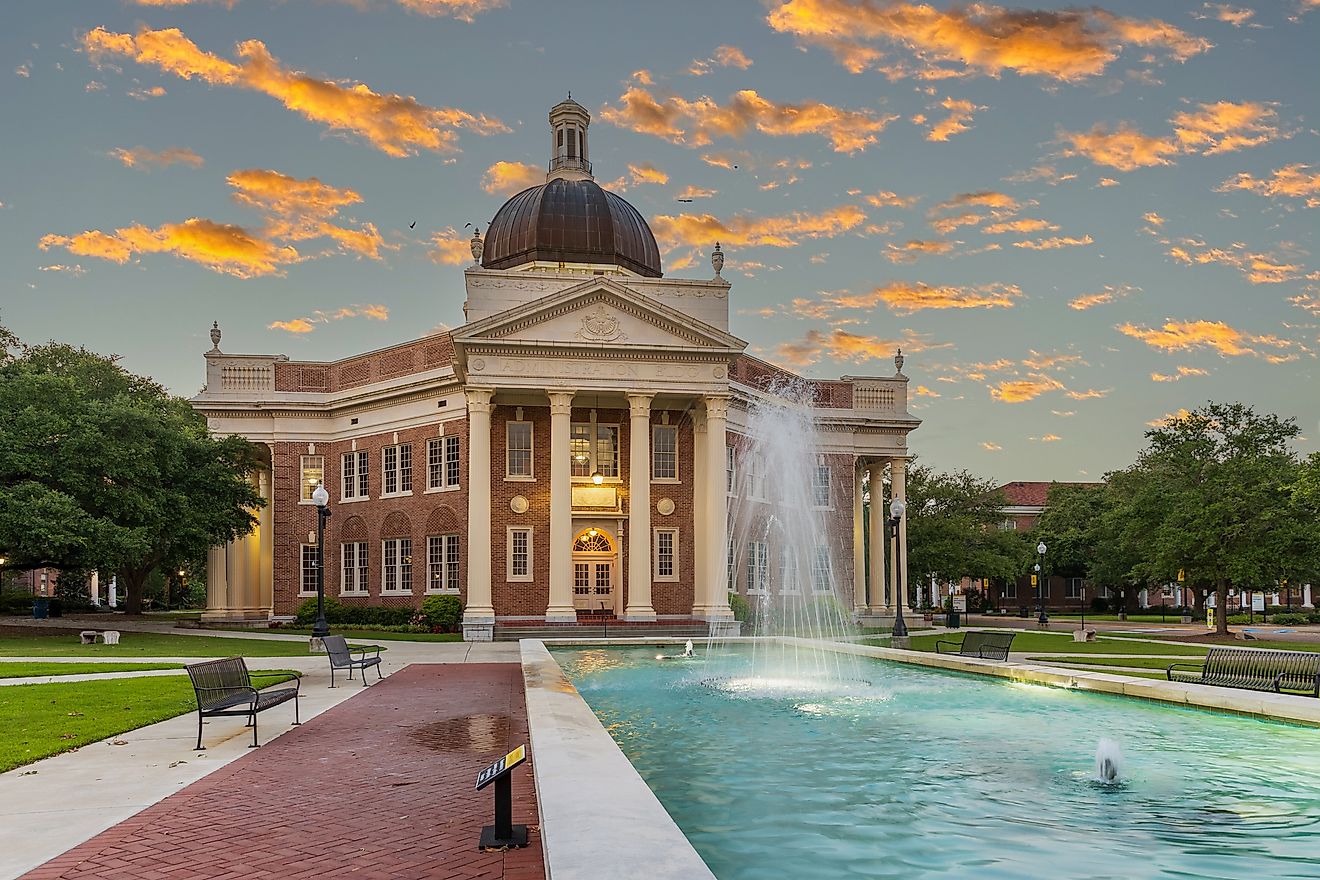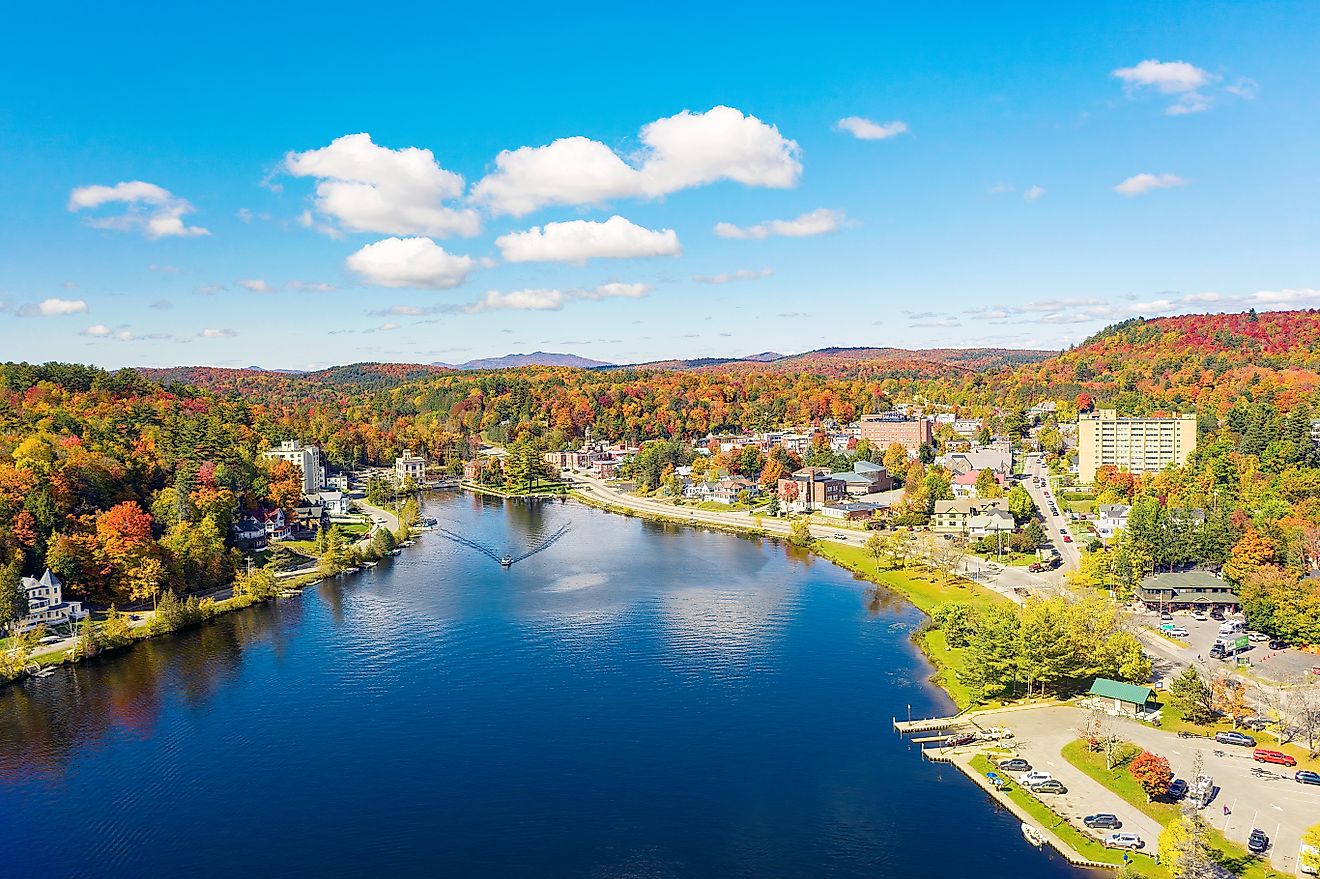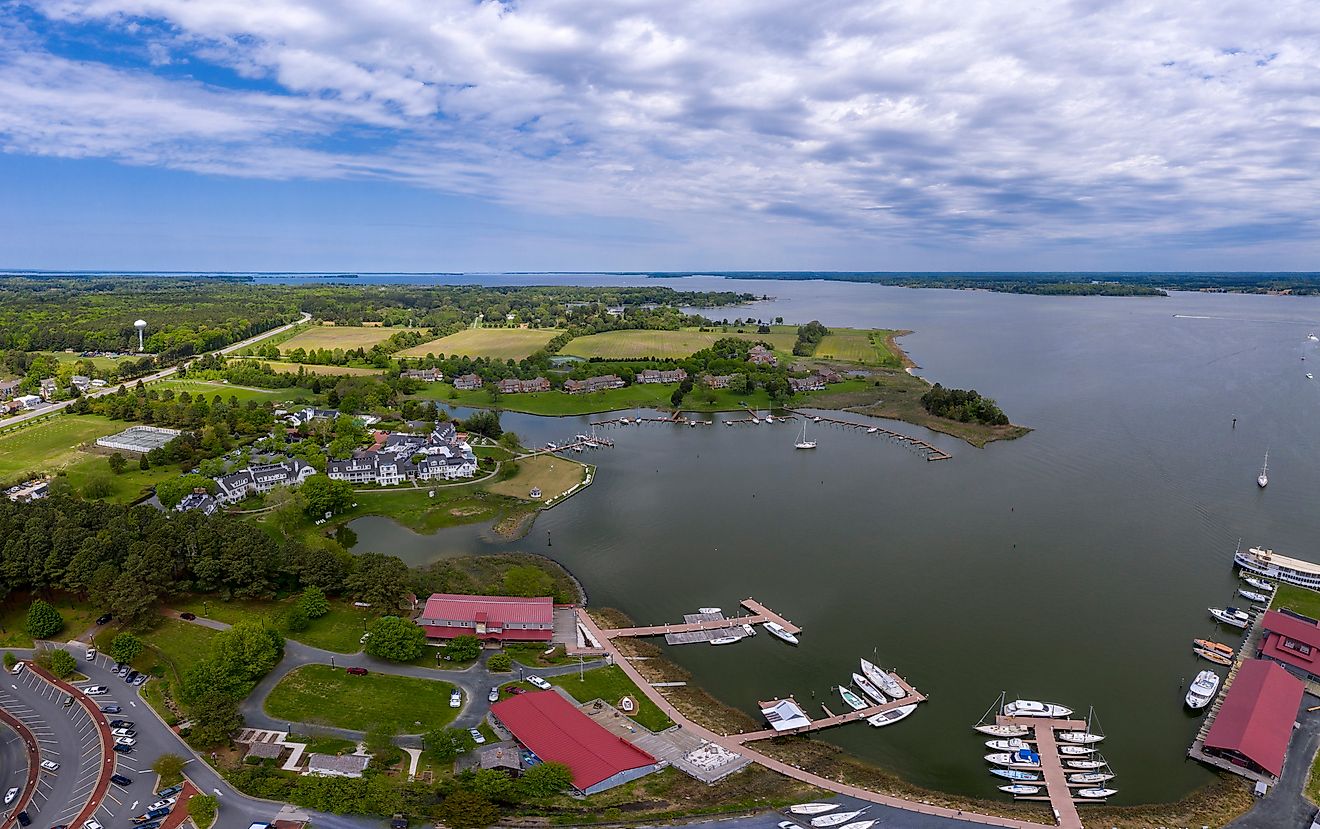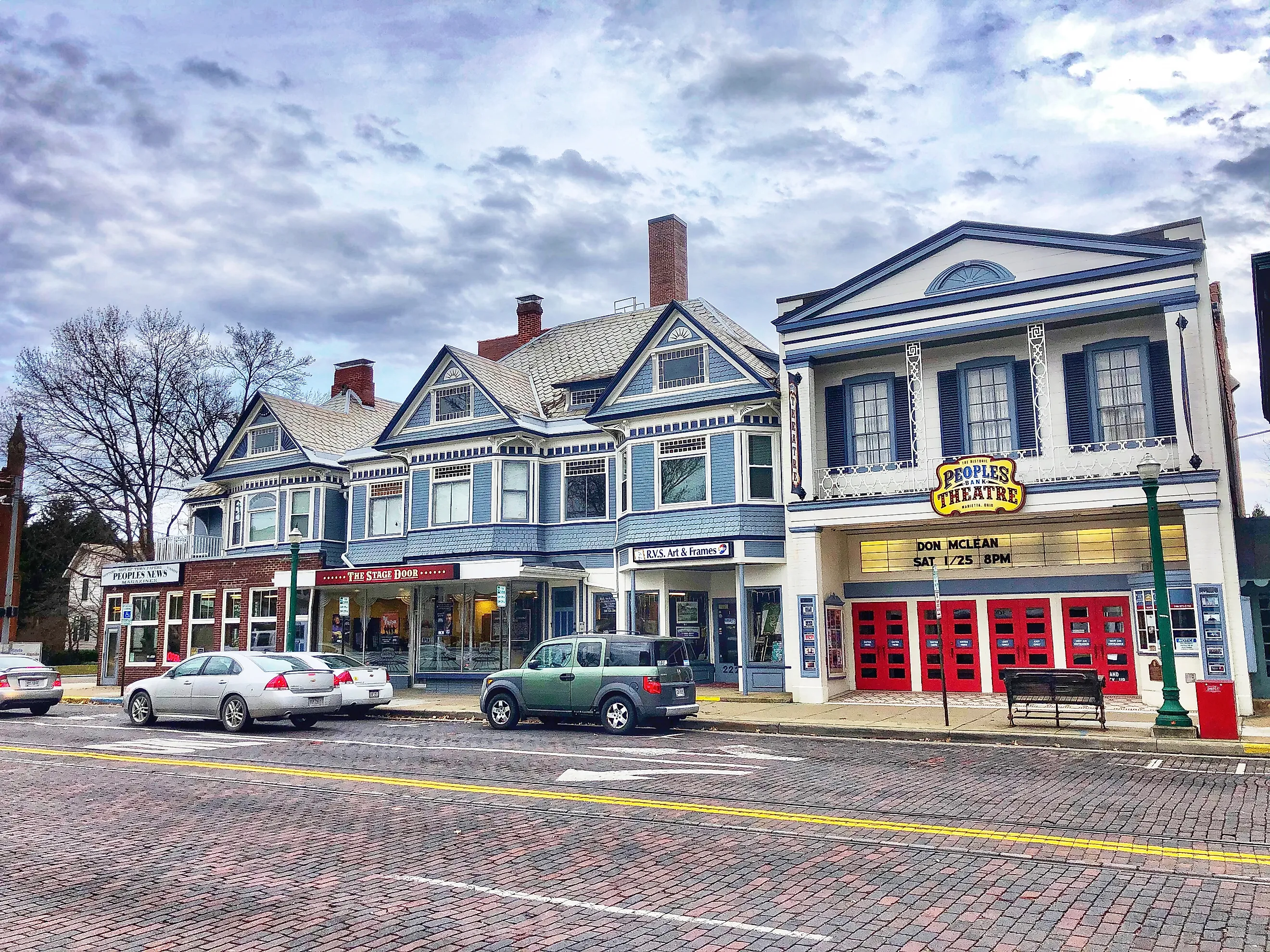
This Ohio Town Is Older Than the State Itself
When General Rufus Putnam and a group of Revolutionary War veterans landed their flatboats where the Ohio and Muskingum rivers meet in April 1788, they immediately set about establishing what would eventually become Marietta, the first permanent American settlement in the Northwest Territory.Fifteen years before Ohio achieved statehood in 1803, these pioneers from New England were already hard at work building a community that would serve as a base for westward expansion, setting the scene for the eventual settlement of the American frontier.
The town's founding was certainly no accident. It was planned by the Ohio Company of Associates, a group consisting of Putnam and his men who were granted land in the Northwest Territory. Named in honor of Queen Marie Antoinette in recognition of France's crucial support during the American Revolution, Marietta represented the new nation's first official push beyond the original Thirteen Colonies.
The settlers, handpicked for their character and proven skills, arrived aboard the Adventure Galley (also known as the “Mayflower of the West”) after a challenging winter journey through the mountains from Massachusetts and Connecticut.
Marietta’s Historic Attractions
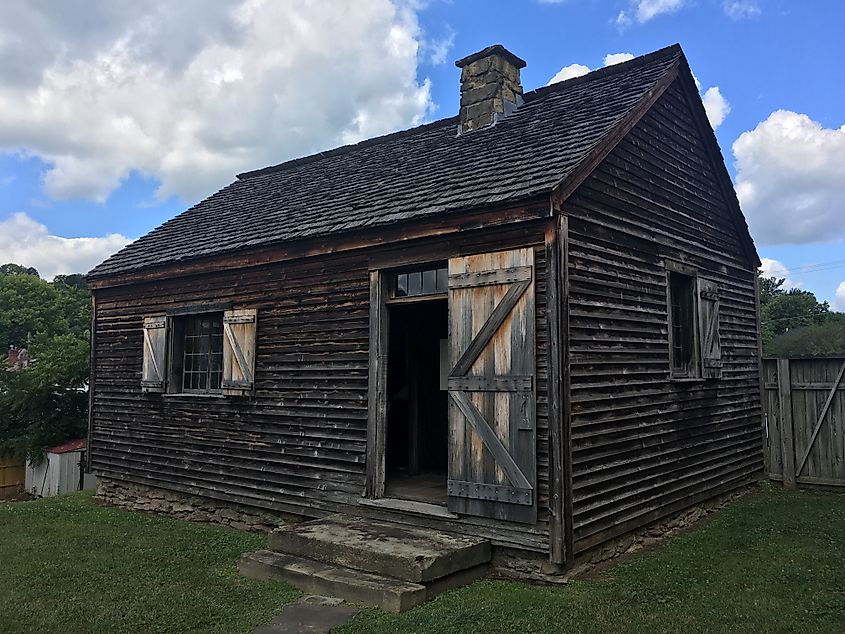
This land office used by Rufus Putnam is the oldest building in Ohio (and all of the Northwest Territory). It is now part of the Campus Martius Museum photo via Wikicommons
Today, this historic river town of 13,200 residents offers a fascinating glimpse into America's westward expansion. Its well-preserved downtown features original brick streets and Victorian-era architecture that bear witness to its riverboat port growth in the 19th and 20th centuries. This sternwheeler heritage remains central to the town's identity, adding a real dose of authentic Americana.
You can learn a great deal about the town’s early years with a visit to the Campus Martius Museum. Marietta's top historical attraction is located at the corner of Washington and Second Streets and is built where the original fortification constructed by the pioneers in 1788 would once have stood. Highlights include General Putnam's original blockhouse home, exhibits detailing the settlement of the Northwest Territory, and rare artifacts from the Ohio Company of Associates. In addition to displays relating to the Native American cultures that preceded European settlement, the museum also includes personal objects owned by early settlers.
Another must-visit is the Ohio River Museum. Situated along the Muskingum River, it chronicles the golden age of steamboat travel within its three buildings. The highlight is touring the W.P. Snyder Jr., the last intact steam-powered "pool-type" stern-wheeled towboat in the United States. (Editor’s note: This attraction is currently being renovated, with temporary displays set up in the town’s library.)
The Castle Historic House Museum is another must-see from the town’s early days. Built in Gothic Revival style in 1855, this opulent mansion offers guided tours of its 14-rooms with original furnishing and a massive hand-carved staircase. Ghost tours and afternoon teas are also available. The nearby Mound Cemetery, established in 1801, is also worth seeing. In addition to its remarkable 30-foot-high Adena burial mound dating to approximately 100 BC, many of Marietta's founding families and Revolutionary War officers are also interred here (guided tours are available).
Natural and Geographic Features
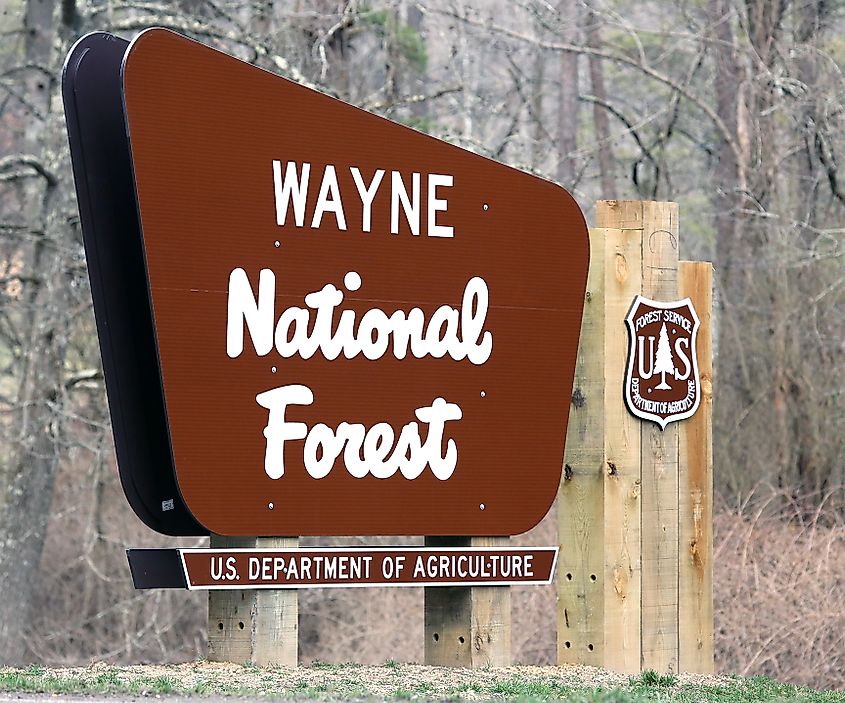
Its location at the confluence of the Ohio and Muskingum rivers ensures Marietta not only appeals to tourists in search of scenic river town districts but also provides excuses for plenty of outdoor fun. The Marietta River Trail extends along both riverbanks, with level, paved paths ideal for walking, jogging, or cycling. Alternatively, park on a riverside bench and enjoy the views of passing barges and pleasure craft. This 3.5-mile trail connects to downtown attractions and includes interesting interpretive panels describing the area's natural and cultural history.
Wayne National Forest surrounds Marietta and covers 244,000 acres of Appalachian foothills, providing extensive hiking and mountain biking trails to explore. The nearby Covered Bridge Scenic Byway takes visitors through scenic countryside to some of the country’s most iconic covered bridges, including the Hune Bridge, built in 1879, and the Ring Mill Bridge from 1888.
Buckley Island, easily accessible by boat, sits in the Ohio River near Marietta and features walking trails and picnic areas. It’s also great for bird watching, particularly during spring and fall migrations when the Ohio River serves as a major flyway.
Fun Things To Do in Ohio’s Oldest Town
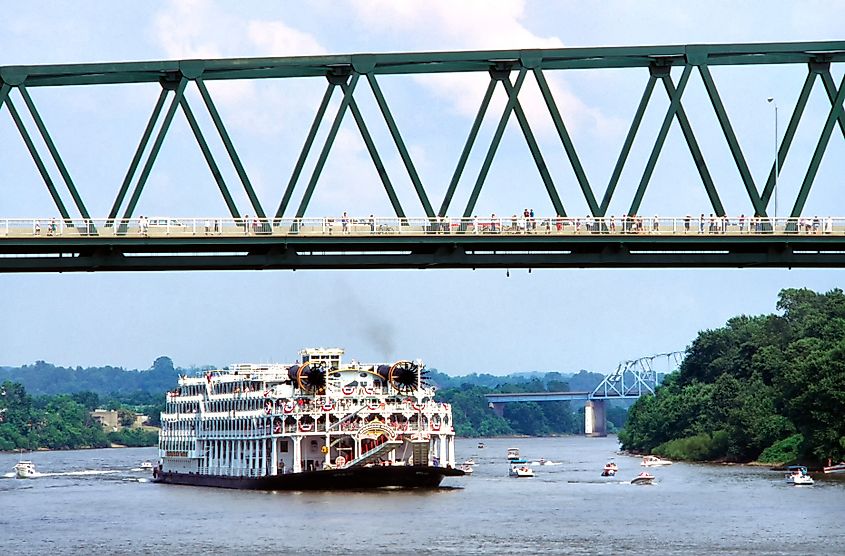
The Valley Gem Sternwheeler provides authentic riverboat experiences, including public sightseeing cruises, dinner cruises, and special event charters. This authentic paddlewheeler also offers narrated tours that highlight Marietta's river heritage and point out historical landmarks along both rivers.
Hidden Marietta offers unique historical tours combining factual history with local folklore and ghost stories. Popular options include their Ghost Trek tours, Ancient Earthworks tours exploring the prehistoric mounds, and specialized tours of the historic Lafayette Hotel. Marietta Trolley Tours are another good option. Departing from the Armory Square Visitor Center, these 90-minute narrated tours cover all major attractions including Marietta College campus and Historic Harmar Village.
Another top attraction is the Peoples Bank Theatre. This beautifully restored 1919 venue at Putnam and Third Streets hosts touring Broadway shows, concerts, and comedy acts, with a stunning backdrop of original ornate plasterwork.
There’s no doubt Marietta stands as a living testament to American ambition. From its pioneering settlement in 1788 through its riverboat heyday to its current incarnation as a heritage tourism destination, Ohio’s oldest town has managed to preserve its history in such a way that it’s now accessible to all. Walk the same brick streets as the founding fathers of the Northwest Territory, explore authentic sternwheelers, and experience museums that bring the past to life in this unique window into the birth of the American frontier.
